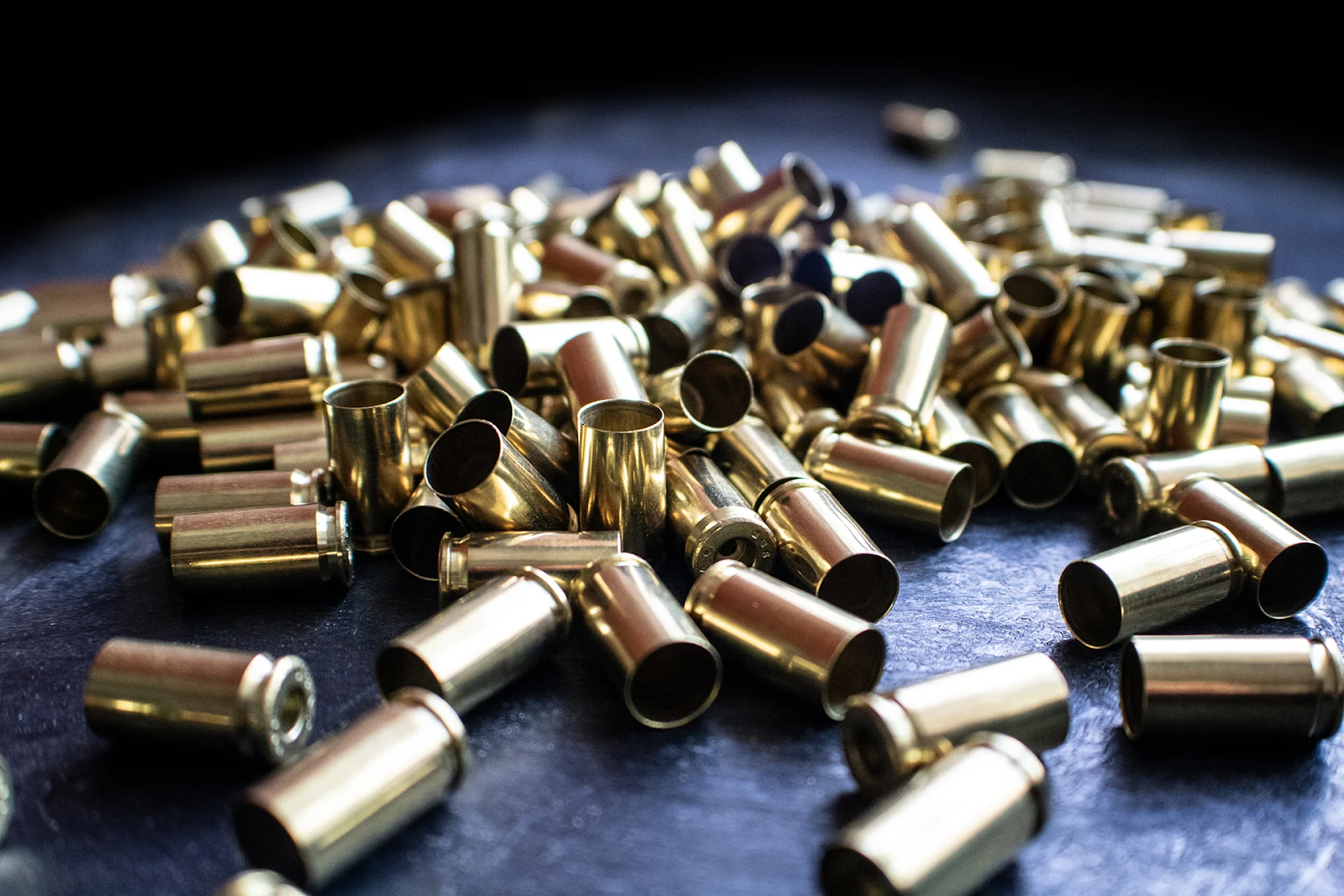Reloading ammunition is a practical skill that saves money and gives shooters more control over their loads. For many handloaders, 9mm is the most commonly used pistol cartridge because it is affordable, widely available, and versatile. One item that should be in every reloader’s kit is quality 9mm once fired brass. Using this brass can improve consistency, reduce cost, and make your reloading process smoother. This article explains why 9mm once fired brass is a smart choice and how to use it safely and effectively.
9mm Once Fired Brass: Why It Belongs in Your Kit
9mm once fired brass is the spent casing collected after a round has been fired. Rather than throwing these casings away, many shooters clean, inspect, and reuse them for reloading. Because 9mm is one of the most common calibers, once fired brass is abundant and often inexpensive. When handled properly, it becomes a reliable base for reloaded ammunition that performs close to factory rounds.
Cost Savings and Supply
One of the main reasons shooters choose once fired brass is cost. Buying new brass can be more expensive, especially if you shoot a lot at the range. Since 9mm is produced in huge numbers, there is a steady supply of once fired brass available from range pickups and sellers. Over time, reusing brass can cut your shooting expenses significantly, especially for frequent practice sessions or training.
Consistency and Performance
Good reloading practices focus on consistency. Once fired brass that has been properly sorted, cleaned, and resized will behave consistently during firing. Brass that matches in weight and dimensions contributes to more uniform pressures and velocities, which can improve accuracy and reduce wear on your firearm. For many shooters, carefully prepared once fired 9mm brass produces results that rival new factory brass.
Quality Control and Safety
Not all once fired brass is suitable for reuse. It is important to inspect each casing for cracks, dents, or signs of excessive wear. Separating brass by manufacturer and headstamp can help maintain consistency. Proper cleaning removes powder residue and corrosion, and full-length resizing returns the case to correct dimensions. Always weigh and check primer pockets and case mouths to ensure safety. Following proper reloading manuals and guidelines is essential to prevent unsafe loads and to maintain safe pressure levels.
Environmental and Practical Benefits
Reusing once fired brass is also environmentally friendly. Recycling these casings reduces waste and the need for new raw materials. Practically, learning to process your own brass gives you more control over every step of ammunition production. It also provides knowledge about how cartridges and firearms interact, which improves overall shooting skills and firearm maintenance awareness.
Tips for Choosing and Preparing 9mm Once Fired Brass
Start by collecting or purchasing brass from trusted sources. Range-picked brass may be mixed and sometimes damaged, so sorting carefully is important. Clean cases in a tumbler or with a suitable cleaning method, then inspect each case by hand. Group cases by manufacturer when possible, and discard any that show damage or abnormal wear. Use a reliable reloading manual for load data, and always begin with the starting charges recommended by the manual. Keep a checklist for safety steps: inspect, clean, resize, trim if needed, check primer pockets, and measure overall length.
Common Mistakes to Avoid
A common mistake is skipping inspection or using brass with hidden cracks. Another is failing to account for variation between different manufacturers of 9mm brass. Mixing brands without checking can lead to inconsistent neck tension or seating depth. Finally, never exceed published load data, and avoid experimenting with unfamiliar powders or primers without expert guidance.
Conclusion
9mm once fired brass is a practical, economical, and responsible choice for reloaders. When selected and prepared carefully, it offers savings, consistent performance, and environmental benefits. Adding quality once fired 9mm brass to your reloading kit gives you more control over your ammunition and helps you become a more skilled and mindful shooter. Follow safe reloading practices, use trusted load data, and inspect every case — and your reloading will be both productive and safe.




